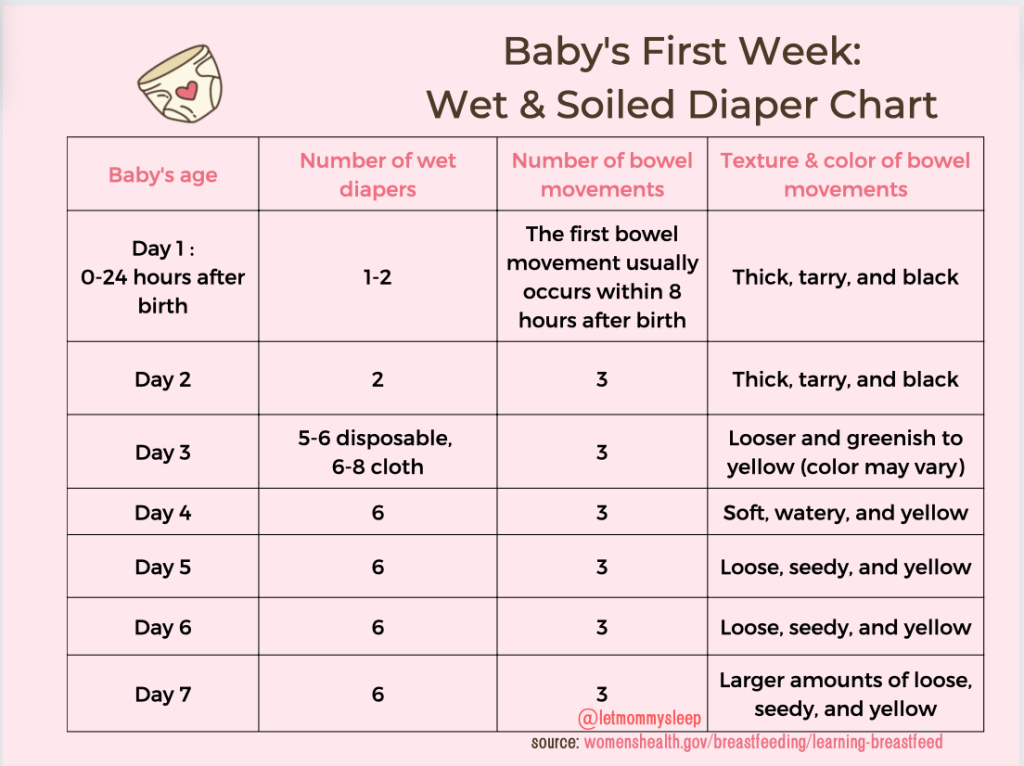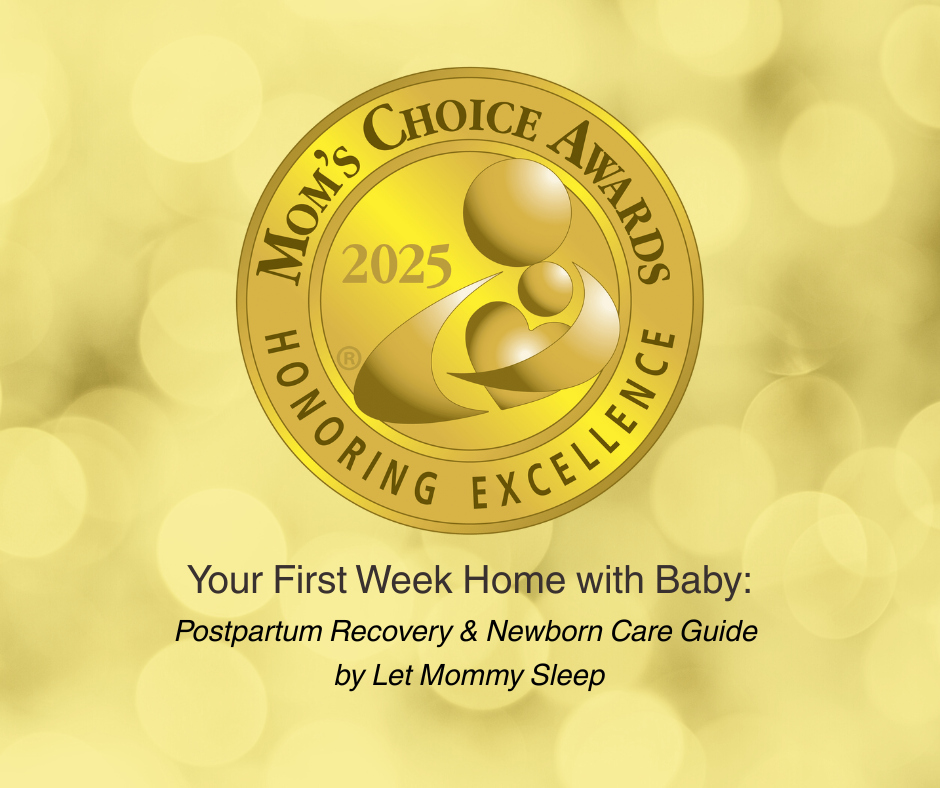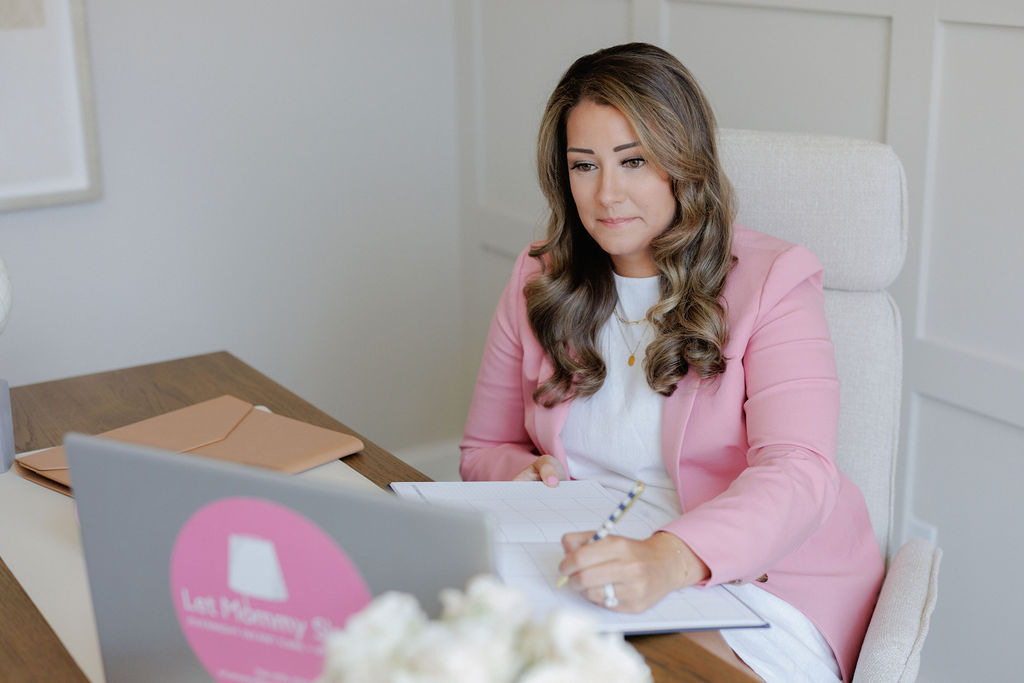As both a healthcare professional and a mom of 2, Amanda Caperton, RN lives the same challenges many families face, balancing all the daily (and nightly!) responsibilities of work, home and especially life with a newborn. This understanding shapes the heart of her work and the larger mission of Let Mommy Sleep, providing dependable support services designed to offer peace of mind and genuine care. Amanda is the real thing, a true Night Nurse in New Jersey.

About Amanda, RN
After graduating Nursing School, Amanda Caperton, RN, BSN knew she wanted to take an unconventional road as a caregiver. As a mom with an infant, Amanda and her husband wanted to find a way for her stay home with their son if at all possible. So in 2021, Amanda opened Let Mommy Sleep of Bergen Co., allowing her to work from home, support new parents and care for her own family at the same time. When asked in Bergen Magazine if COVID had affected her business Amanda responded that things have been going well, and she’s looking to expand her territory in New Jersey.
The dedication and compassion that comes from being a Registered Nurse and mother of two brings a personal touch to Amanda’s business and also in having an eye for talent in hiring. Families that might feel nervous having newborn care for the first time, can feel confident in the experience of the New Jersey team. And if you yourself are nervous, reading The Truth About Overnight Newborn Care: Debunking Myths About Night Doulas will make you feel a whole lot better.
Proudly serving Bergen, Passaic, Essex, Hudson, and all of Northern New Jersey, Amanda and her team are committed to delivering high-quality, compassionate service rooted in integrity and empathy. Whether it’s offering evidence-based guidance, postpartum care or overnight support, Amanda and her night nanny team approach each family as if they were their own.
Night Nurse in New Jersey FAQ’s
While night nurses have recently become more popular in New Jersey, expecting parents still have questions about how overnight newborn care really works and caregivers wonder how they can work as a night nanny. These FAQ’s can help:
What does a night nanny do in New Jersey?
A night nanny in New Jersey provides expert overnight newborn care to babies and evidence-based education to parents. They handle tasks like nighttime feedings, diaper changes and soothing, while helping establish healthy sleep habits for your baby. With a trusted night nanny, New Jersey families enjoy peace of mind knowing their newborn is in caring, experienced hands.
Is it worth getting a Night Nanny if I’m breastfeeding?
Yes, you will get more sleep if you’re breastfeeding and use a night nanny. The night nanny ensures you never get out of bed to change diapers, soothe baby back to sleep or clean the pump and store milk unless you want to. Your newborn’s time awake overnight increases around 6-7 weeks old so having a night nurse means you sleep for up to 2-3 hours more per night.
How much does a night nanny cost in New Jersey
The average cost of a night nanny in New Jersey ranges from $30 to $50 per hour, depending on experience, certifications, and whether caring for single babies or twins. Let Mommy Sleep offers pay-over-time financing packages to ease the cost of overnight newborn care.
When should I hire a night nanny in NJ?
The best time to book a New Jersey night nanny is during your third trimester so you have time to meet your caregiver and secure your dates. Many families also reach out after baby arrives, especially if recovery is harder than expected or support falls through. After 15 years in newborn care, we’ve learned one thing: schedule more nights than you think you’ll need, you can always scale back, but scrambling for help is much more stressful.
What qualifications should I look for in a night nanny?
When hiring a night nanny in New Jersey, look for someone with proven newborn experience, CPR and first aid certification, up to date vaccinations, a Safe Sleep Certificate and excellent references. Many families prefer nannies with a nursing background or newborn care provider training.
Are night nanny services in New Jersey covered by insurance or FSA?
Most night nanny services in New Jersey are not covered by insurance, but some families can use FSA or HSA funds if their pediatrician provides a written recommendation. Always confirm eligibility with your provider before scheduling overnight newborn care; there are so many plans and coverage options so it is hard to say if all plans cover postpartum services. Here’s an in depth description of How to Get Insurance to Cover my Night Nanny or Doula.
Where areas of Northern New Jersey does Let Mommy Sleep service?
Let Mommy Sleep night nurses and newborn caregivers service all of Northern New Jersey including: Hackensack, Fort Lee, Ramsey, Mahwah and Wycoff. Other areas include Passaic County, Teaneck, Paramus, Tenafly and more. If you don’t see your town listed, contact us anyway because there’s a good chance we or one of our partners can help!





